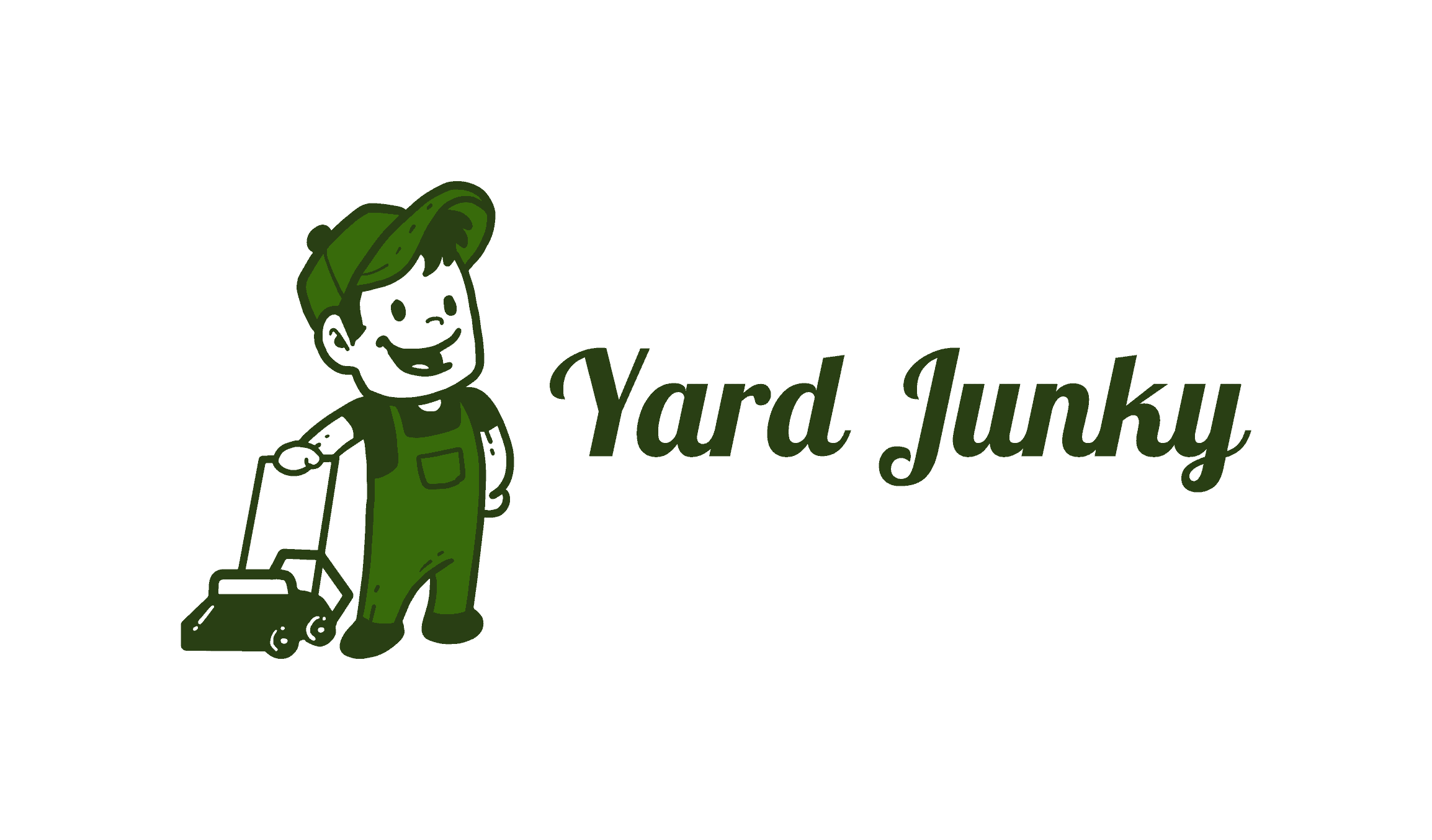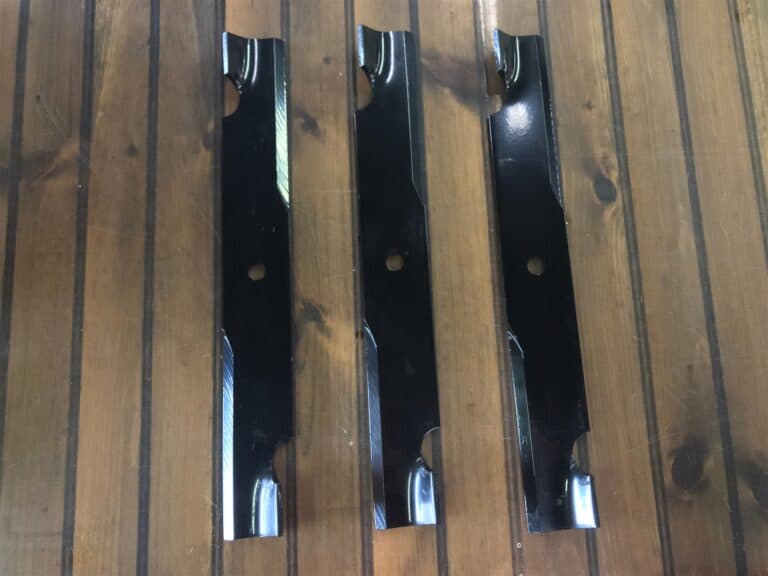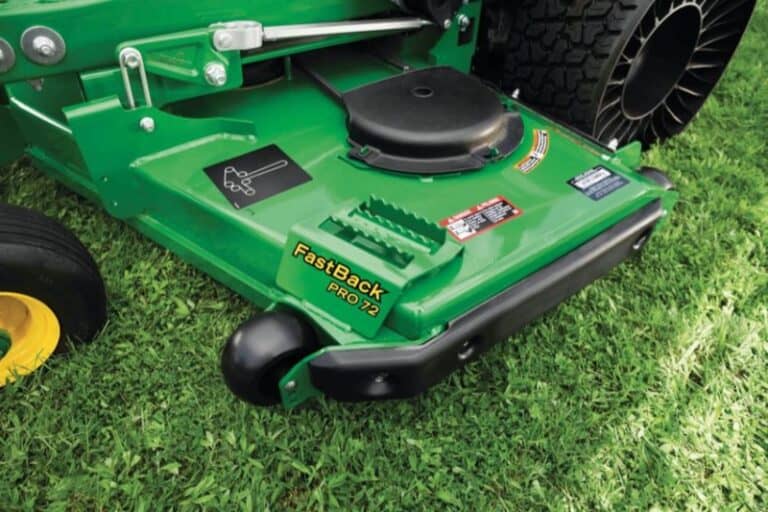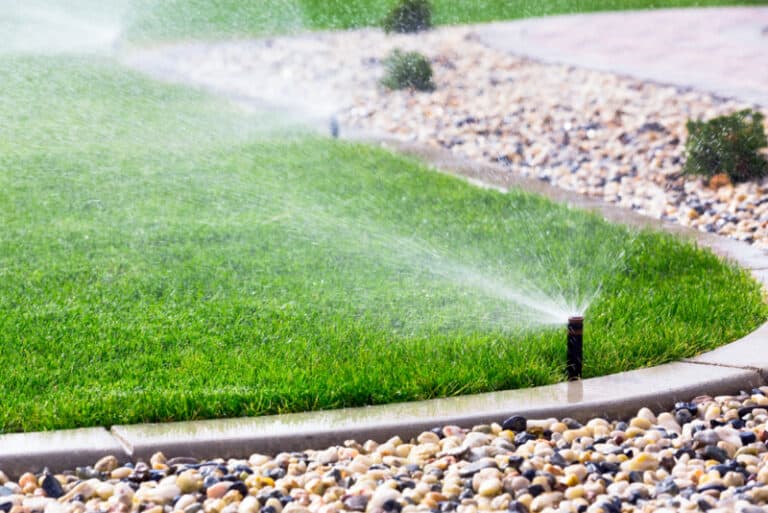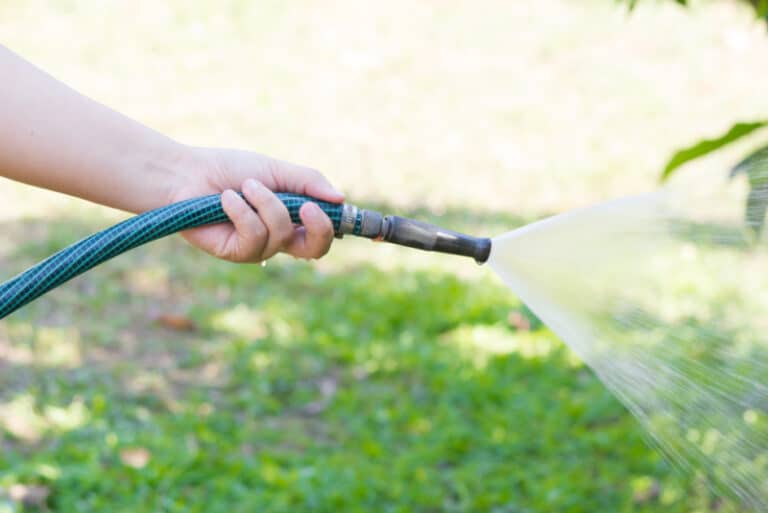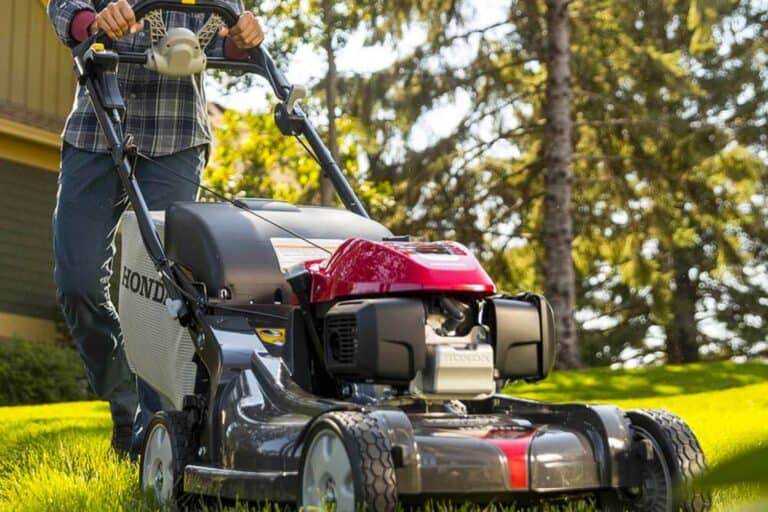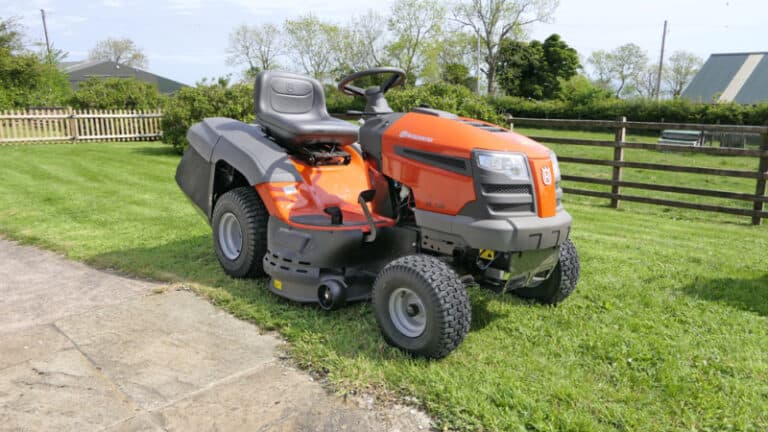Skid Steer Vs Tractor: Which One Makes More Sense?
.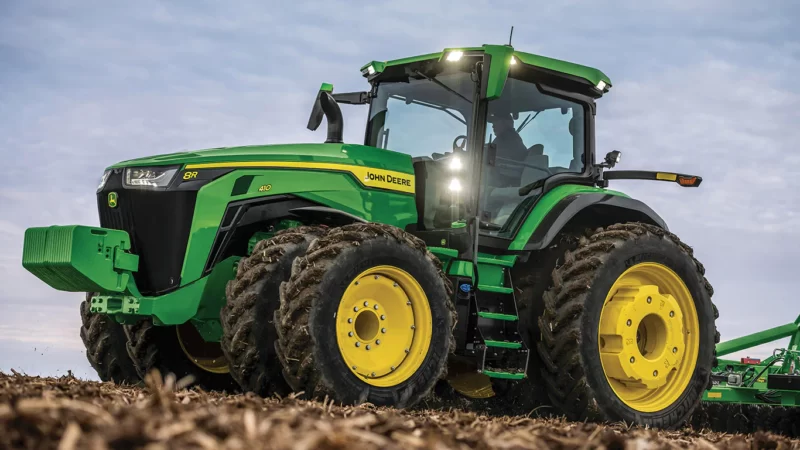
When it comes to lawn care, landscaping, and other property maintenance projects, a variety of machines are used to get the job done. Two popular options are skid steers and tractors – but how do you know which is best for your needs?
In order to make an informed decision when it comes down to deciding between a skid steer and vs. tractor, you must weigh up the key differentiators between them. In this blog post, we dive into all aspects of the two machines, from their uses, cost comparisons, and operation purposes – helping you decide which device makes more sense for your particular requirements!
What Is a Skid Steer?
Although skid steers are most often seen in the building industry, they also see increasing employment in agricultural and landscaping settings. A skid steer, sometimes called a skid loader, is a four-wheeled machine with a matched set of wheels on either the left or right side. This means that the right tires may be controlled separately from the left wheels and conversely.
Due to this, the skid steer is distinguished from other machines in that it may move with a skidding motion. In addition, all four wheels may pivot at once, allowing for tight bends with zero radii.
Standard features of modern skid steers include climate control, LCD screens, and remote controls. In addition, a wide range of accessories, from those used for drilling trenches and chopping brushes to those used for raising and transporting objects, may be used with these machines. While skid loaders may be small in stature, their strength and adaptability make them useful in a wide range of situations.
What Is a Tractor?
The majority of agricultural equipment consists of tractors. Their size and strength indeed make them applicable to a wide variety of fields and uses. In addition, tractors’ huge rear wheels improve traction, which is particularly useful for towing trailers or other loads.
In contrast to skid steers, tractors typically include standard wheels and four-wheel transmission. Small in stature but large in speed, tractors may swiftly transport you across your land or from one task to another. In addition, they weigh quite little and are thus easy to transport, reducing the disruption to the ground.
Modern variants often have sealed cabs and use conventional controls, in contrast to their open-cab predecessors. Some of the most recent versions can even communicate with smartphones to record data like gas mileage, service history, etc. In order to execute activities such as hauling and excavating, tractors often have connection points on the front, sides, and back.
Skid Steer Vs. Tractor: Differences Between a Skid Steer and a Tractor
1. Landscaping
Landscapers can’t do without skid steers. For moving heavy building supplies and filling truckloads, they are indispensable. In addition, they excel in leveling, grass sowing, installing fence posts, cutting, digging, cleaning, and landscaping.
A skid steer may also be used for landscaping jobs like patch mowing, eliminating debris, splitting wood, establishing seedlings, and clearing snow.
A wide range of skid steer sizes is available, making them suitable for everyone from the do-it-yourselfer to the professional landscaper. In addition, their compact dimensions and low weight make them convenient to move from one construction area to the next.
The use of tractors is widespread in the landscaping industry. Drilling, grass maintenance, snow clearance, and tree maintenance are some of the many landscaping chores they may take on. In addition, landscapers may use them similarly to skid steers by mounting a variety of implements on them for use in a broad range of landscaping tasks throughout the year.
It’s essential to think about the space you’ll be working in and the range of motion required when deciding between a skid steer and a tractor for farming. A skid steer, for instance, gives you the adaptability to do an excellent job in restricted quarters.
In contrast, a tractor serves as a mobile workshop that may be used for a variety of tasks. For example, you can complete two functions by attaching a lawnmower to the rear and a shovel to the front.
2. Farming
Tractors have long been the workhorses of the agricultural world. However, with the growing variety of accessories available for skid steers, they may also be used for specialized agricultural tasks.
Skid steers are versatile agricultural machines that may be used for cutting grass, removing garbage, excavating excavations, moving soil, preparing seedling beds, sweeping up waste, constructing fences, harvesting hay, shoveling it, transporting it, cutting trees, leveling roads, and servicing them.
The maneuverability of skid steers makes them useful in confined spaces. Skid steers are helpful for tight places since they may be operated independently on both sides.
When compared to other agricultural machines, tractors can do more. They are accommodating to those who have a lot of land to cultivate. They are versatile and may be used for mowing, sowing, harvesting, and packaging hay, among other tasks.
When deciding between a skid steer and a tractor, the latter is the superior option for use on farms. This is because they can do a wide variety of demanding tasks on a farm, including tilling the soil, removing weeds, and sowing seeds.
They can accelerate faster than skid steers, making them more useful for agricultural production and other activities.
3. Snow Clearance
Which is better, a tractor or a skid steer, for clearing snow? It is possible to employ tractors or skid steers for snow-clearing jobs.
Because of their compact size and maneuverability, skid steers are ideal for clearing snow off pavements and other tight areas. In addition, skid steers may be driven around obstacles that traditional tractors just cannot access.
Skid steers with wheels may be converted into practical plowing tools by attaching a heavy-duty barrel.
Blades, dusters, snow shovels, peddlers, and angled farm machinery are just a few of the snow clearance accessories available for skid steers. For easy snow removal, use skid steers to board snow removal vehicles.
Tractors are also helpful for this kind of work. Snowfall is no problem if your tractor is equipped with snow plow gear. You could require snow chains or tires designed for the cold weather.
Tractors may be used for snow removal, but it can be costly and time-taking if you’re using an early version that doesn’t have snow shoveling capabilities. However, if your tractor has a snow shoveling adapter, it may be useful for clearing snow from wide regions.
4. Controllability
Unlike tractors, which must actively rotate around an axle, skid steers may spin in situ while maintaining contact with the ground through the front basket. The lack of a cover on the skid steer contributes to its superior accessibility. Tractors, in contrast to Skid Steers, have limited peripheral vision.
5. Variations in Prices
When comparing the prices of tractors and skid steers, it’s important to note that skid steer loaders are often less expensive to rent and buy. This lowers the cost significantly, although it’s not the only one.
The length of time a machine may go without being repaired or replaced might be affected by how powerful its engine is. However, the skid steer tractor can do rotary soil preparation without extra modifications, giving it even greater versatility.
Conclusion
So, you’re trying to decide between a tractor and a skid steer. In all honesty, it’s hard to say. That ideal scenario would have both. However, while working with a restricted budget, you must consider your goals and the roles you anticipate the machinery playing.
For most farmers and ranchers, a tractor is a must-have tool. This is because of its adaptability and the fact that it may have front and rear implements attached. Do not hesitate to purchase if you work in the industry and may benefit from a skid steer adaptable to your industry.
You can also read:
